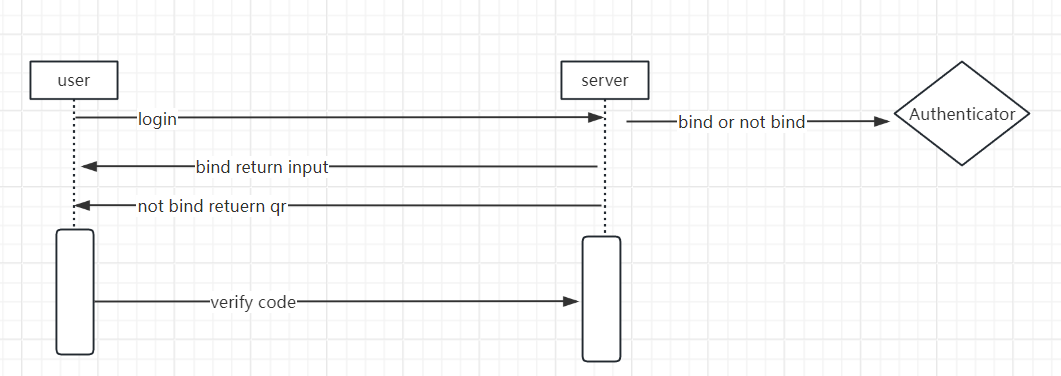authenticator解决了什么问题
1,authenticator是什么?
谷歌Authenticator是谷歌推出的一种双因素身份验证应用程序,它是一种为用户提供额外层次的账户保护的安全工具.传统的认证方式通常只依赖于用户名和密码,而双因素身份验证则需要用户提供两个不同类型的验证信息,以增加账户的安全性.
谷歌Authenticator通过生成动态的一次性密码来实现双因素身份.当你登录一个已启用谷歌Authenticator的系统或服务时,需要输入用户名和密码,然后打开Authenticator应用来获取当前的一次性密码,这个密码每30秒更新一次,只在短暂的时间段内有效.
这种一次性密码是通过基于时间戳的算法计算得出的,同时还需要通过与账号绑定的密码进行验证.由于每个密码只在极短的时间内有效,并且密码是动态变化的,即使有人获得您的用户名和密码,他们也我无法成功登录您的账户,因为他们没有有效的一次性密码.
谷歌Authenticator还可以与多个账户关联,这意味着您可以在一个应用中管理多个账户的一次性密码,它对于保护您的各种在线账户非常有用.简而言之,谷歌Authenticator是一种提供额外层次安全保护的双因素身份验证应用程序,它通过生成动态的一次性密码来增加账户的安全性,并在登录过程中要求用户提供额外的验证信息.
2,它本质上解决了什么问题?
- 强化账户安全性:谷歌Authenticator提供了一种额外的身份验证层,以保护您的账户免受未授权的访问.即使有人获取您的用户名和密码,他们仍然需要有效的一次性密码才能成功登录.
- 降低密码泄露风险:由于谷歌Authenticator生成的一次性密码在每30秒钟更新一次,并且只在特定的时间段内有效,即使密码泄露,公鸡者也只能在一个非常短的时间窗口内进行利用,这大大降低了密码被滥用的风险.
- 抵御钓鱼和网络针对性公鸡:通过生成每30秒钟更改的动态一次性密码,谷歌Authenticator防止了恶意用户和公鸡者使用被窃取的认证凭据进行登录.这增加了实施钓鱼和网络针对性公鸡的难度.
- 提供离线身份验证:由于一次性密码是基于时间戳计算的,所以即使在没有网络连接的情况下,您仍然可以进行身份验证,这对于旅行,临时网络中断或无法接收短信验证码的情况非常有用.
二,authenticator的原理
1,基于时间的TOTP
谷歌Authenticator是基于TOTP算法实现的验证方式,TOT是谷歌Authenticator中使用的一种身份验证方法,它基于时间的动态密码算法,用于生成一次性密码.
当未特定用户开启谷歌Authenticator时,它会与该账户关联一个密钥(这个密钥和用户绑定关系数据可以存进mysql或者redis中),每30秒钟,该密钥都会与当前时间戳进行计算,并生成一个新的一次性密码.
当您需要进行身份验证时,您可以打开谷歌Authenticator应用程序,输入相关账户的用户名,然后应用程序会基于与服务器同步的时间戳生成相应的一次性密码.您将次密码输入到身份验证页面或应用程序中,以确认您是合法用户.
2,认证流程






















 538
538

 被折叠的 条评论
为什么被折叠?
被折叠的 条评论
为什么被折叠?








